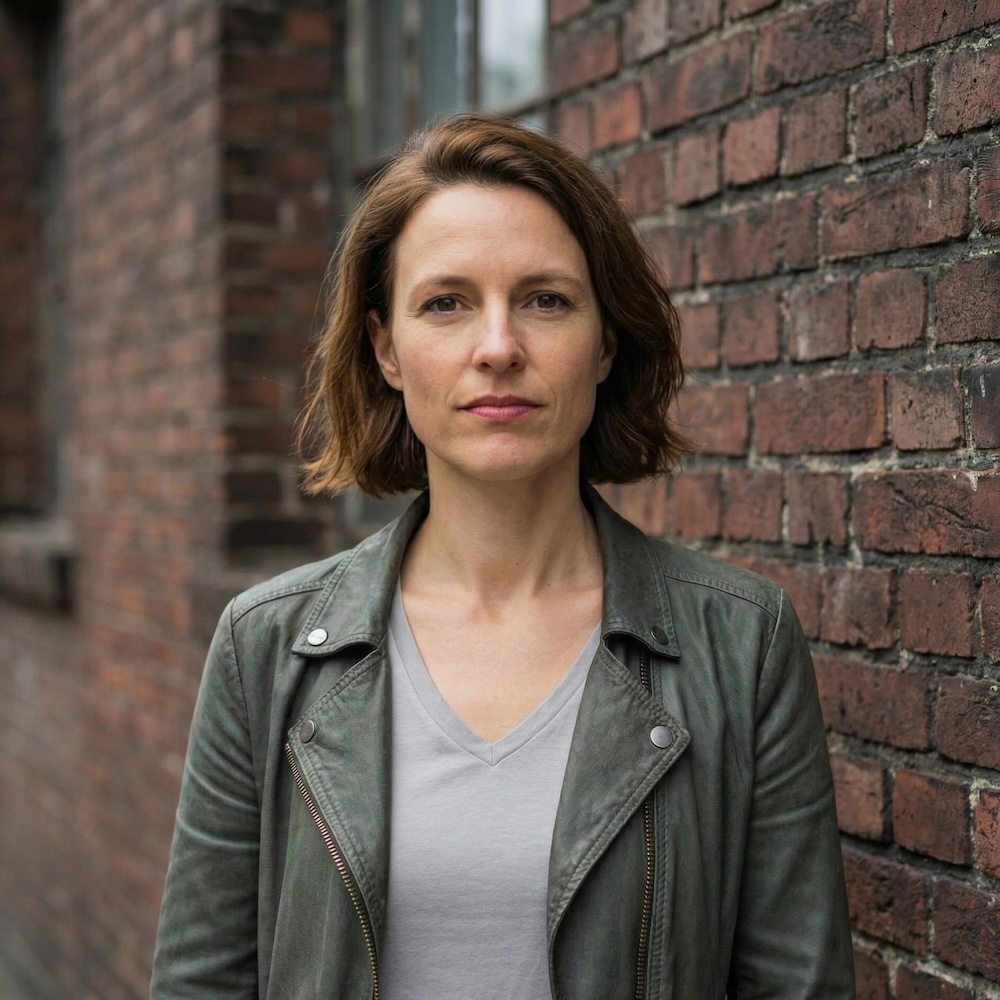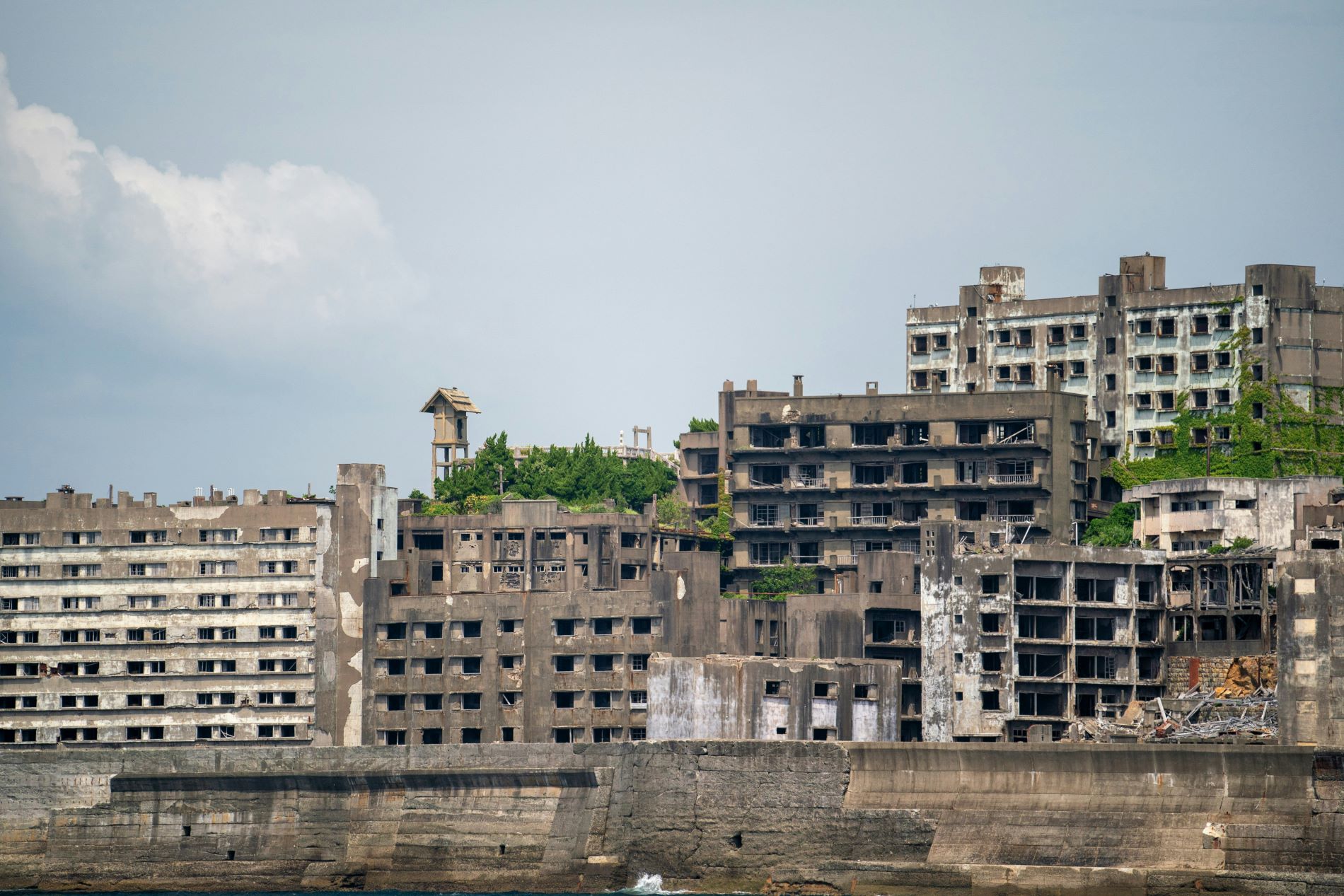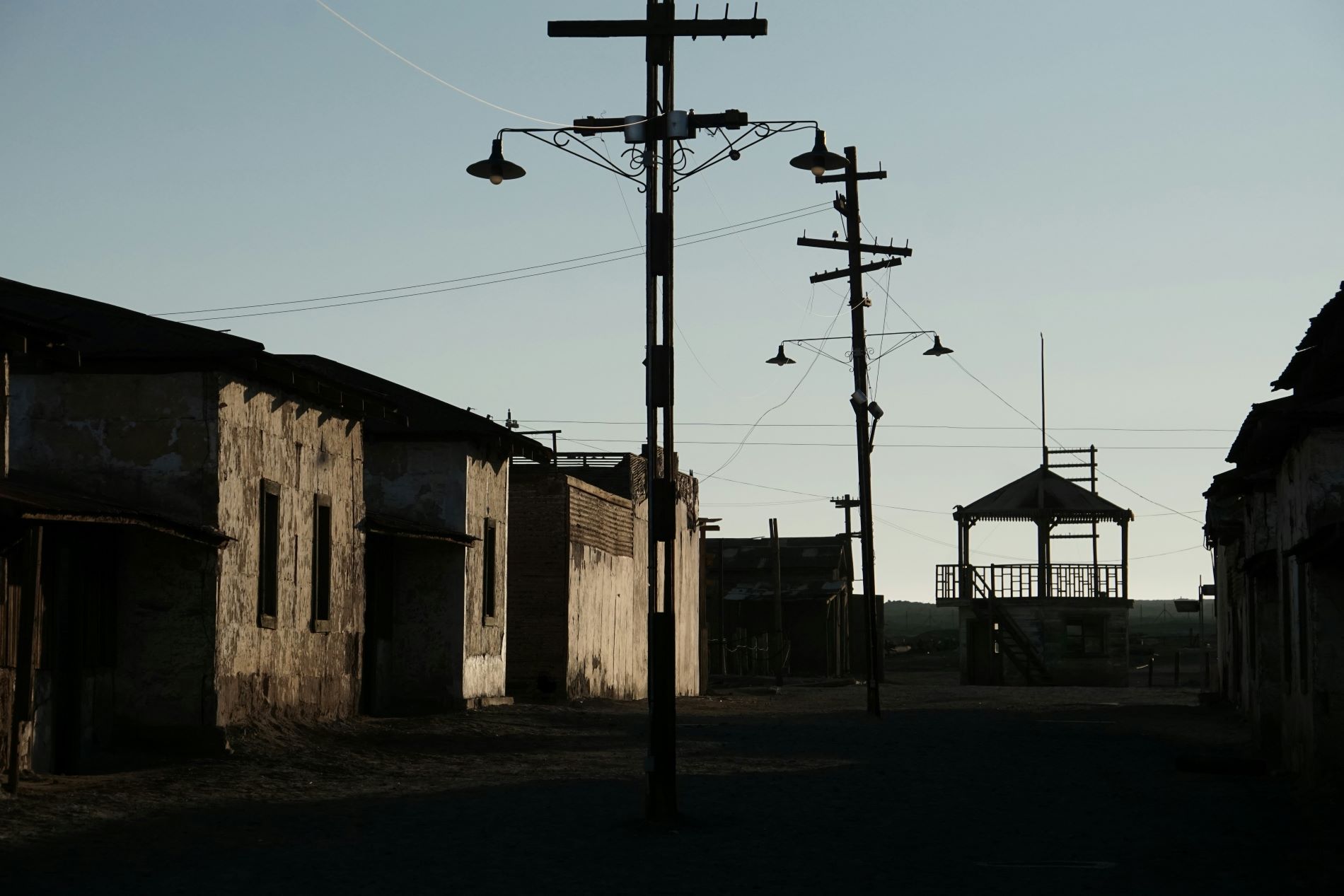For nearly three decades, the center of Tirana was dominated by a ghost.
To the uninitiated visitor arriving in the early 2010s, the structure was baffling. It looked like a brutalist spaceship that had crash-landed violently into the city center, its concrete flanks sloping sharply toward the sky, cracked and weathered by years of neglect. Graffiti scarred its base. Weeds sprouted from the fissures in its armor. Yet, despite its dereliction, the building vibrated with life. Local children would scramble up the steep, slippery slopes—risking broken bones for a fleeting adrenaline rush—before sliding down the marble-stripped sides on flattened cardboard boxes or sheer denim.
This is the Pyramid of Tirana, the most complex and controversial building in the history of the Balkans. Once the Enver Hoxha Mausoleum, designed to act as an eternal temple to a paranoid dictator, it has served as a NATO command center, a radio station, a nightclub, a canvas for protest, and a colossal slide.
Today, however, the Pyramid has undergone a metamorphosis that no one in the dark days of the regime could have predicted. Through the vision of MVRDV Architects and the energy of the TUMO Center Tirana, the ultimate symbol of Albanian isolationism has been cracked open, literally and metaphorically, to become a beacon of the digital future. This is the story of brutalist architecture in Tirana finding redemption not by erasing the past, but by devouring it.
The Blueprint of Hubris
To understand the Pyramid, one must understand the crushing weight of the atmosphere in which it was conceived. The year was 1985. Enver Hoxha, the iron-fisted ruler who had turned Albania into the "North Korea of Europe," was dead. For forty years, he had sealed the borders, banned religion, and dotted the landscape with hundreds of thousands of concrete bunkers. His death left a vacuum that the Communist Party was desperate to fill with iconography.
The Architects' Burden
The task of immortalizing the dictator fell to a design team with the highest possible stakes: it was led by Pranvera Hoxha, the dictator’s own daughter, and her husband, Klement Kolaneci.
One can only imagine the psychological pressure cooker within that studio. Pranvera was not merely an architect drafting a museum; she was a grieving daughter tasked with building a reliquary for a man the state considered a god, while the populace quietly starved. The regime demanded a structure that was unprecedented in scale and "unapologetically Albanian." It had to be distinct from the Soviet and Chinese architectural influences that had previously dotted the capital. It had to be unique.
The resulting design was the most expensive building ever raised in Albania. Completed in 1988, just three years after Hoxha’s death, the museum was a marvel of engineering and excess. While ordinary Albanians queued for hours for rations of milk and bread, the state poured millions into imported materials and labor to erect a 21-meter-high concrete shell clad in white marble.
An Eagle in Concrete
The architectural intent was heavy with symbolism. Pranvera Hoxha and Kolaneci designed the structure to represent the wings of the double-headed eagle found on the Albanian flag, rising from the earth. From a certain angle, the sweeping concrete beams were meant to evoke flight and national strength.
However, the execution resulted in something far more funereal. To the public eye, it wasn't an eagle; it was a Pyramid. The association was immediate and damning. Pyramids are tombs. They are the final resting places of Pharaohs who believed themselves divine. By accidentally mimicking the geometry of Giza, the architects inadvertently confessed the truth of the regime: this was a monument to a dead king, built on the backs of subjects who possessed nothing.
The luxury of the materials further underscored this disparity. It is widely cited in local architectural lore—and a point of bitter pride—that the white marble tiles cladding the exterior were sourced from the same quarry in Brač, Croatia, that supplied the stone for the White House in Washington D.C. Whether fully verified or part of the building’s mythos, the implication was clear: The Communist Party publicly denounced American imperialism while quietly coveting its grandeur.
The Collapse of the Temple
The Enver Hoxha Mausoleum was designed to last a thousand years. It functioned as a museum for less than three.
A Short-Lived Sanctity
When the doors opened in 1988, the interior was a cavernous, hallowed space. It did not hold Hoxha’s body, but rather his legacy. A colossal marble statue of the dictator sat at the center, bathed in light that filtered through the red glass at the apex of the pyramid (symbolizing the red star of communism). The exhibits were a curated hagiography: his fountain pens, his oversized books, his partisan uniform.
The atmosphere inside was ecclesiastical. Visitors were expected to whisper. It was a temple to an atheist god, a place where the Cult of Personality was given physical form. But outside the marble walls, the Eastern Bloc was crumbling. The Berlin Wall fell in 1989. Rumblings of dissent began to shake Tirana.
The 1991 Revolution
By 1991, the student protests in Tirana reached a fever pitch. The statue of Hoxha in Skanderbeg Square was toppled, dragged through the streets, and decapitated. The regime collapsed, and with it, the sanctity of the Pyramid evaporated overnight.
The museum was shuttered. The memorabilia was looted or hid away in dusty archives. The building, once the most protected site in the nation, was suddenly an orphan. In a release of pent-up rage and economic desperation, the beautiful white marble tiles were stripped from the exterior one by one. They were stolen to tile bathrooms, line patios, or simply sold for cash. The "Pharaoh's" tomb was skinned alive, leaving behind the dark, grey concrete skeleton that would define the Tirana skyline for the next thirty years.
The Anarchy of Transition
With the fall of Communism in Albania, the Pyramid entered its most fascinating period. It became a mirror for the chaotic, lawless, and vibrant transition of the country itself. As Albania struggled to find its identity, the Pyramid tried on a dozen different masks.
The Mumja Club
Perhaps the most ironic of its incarnations was the "Mumja" (The Mummy) club. In the late 1990s and early 2000s, the basement of the former mausoleum was converted into one of Tirana's hottest nightclubs.
There is a profound historical wit in this transformation. The very bowels of the building designed to enforce solemn obedience were filled with smoke, strobe lights, and American pop music. The youth of Tirana danced on the metaphorical grave of the dictator. The "Mummy" name was a dark joke acknowledged by everyone: they were partying inside the tomb. This was the first step in the building's desacralization—using hedonism to exorcise the ghosts of the past.
Base Camp for the West (1999)
The irony deepened in 1999 during the Kosovo War. As hundreds of thousands of refugees poured across the border and international aid agencies descended on Albania, the Pyramid found a new tenant: NATO.
For a brief period, the structure served as a humanitarian headquarters. Enver Hoxha had spent his entire life terrified of a western invasion. He had built 173,000 bunkers specifically to repel forces like NATO. Yet, less than a decade after his death, the supreme command of the "imperialist enemy" was operating out of his own shrine. Chinook helicopters landed nearby; American and British officers walked the halls where the dictator’s statue once sat. History, it turned out, had a wicked sense of humor.
The Slide
While the interior changed hands between broadcasters, clubs, and exhibition centers, the exterior became the property of the people. Specifically, the children.
The "Pyramid Slide" became an unauthorized urban legend. The slopes of the structure are steep—terrifyingly so. Without the marble cladding, the concrete was rough and unforgiving. Yet, a culture emerged. Teenagers would climb to the top to drink beer and watch the sunset, and then slide down the angled beams. It was dangerous. Injuries were common. But it was also an act of reclaiming space. The building was no longer something to be feared or revered; it was a toy. It was a piece of junk in the backyard that the kids played with because they had nothing else. This usage created a deep emotional bond between the citizens of Tirana and the rotting hulk of concrete.
The Fight for Survival
By 2010, the Pyramid was a wreck. It was leaking, covered in graffiti, and surrounded by a broken plaza. The government, viewing it as a sore reminiscent of a painful past, proposed a final solution: demolition.
The Demolition Threat (2011)
The ruling Democratic Party proposed tearing down the Pyramid to build a new Parliament complex. The logic seemed sound on paper: Why keep this ugly, rotting symbol of a tyrant? Why not erase the scar?
But Tirana surprised the government. A fierce civil resistance movement emerged. Architects, historians, and the very generation that had grown up sliding down its walls protested.
Civil Resistance
The argument for saving the Pyramid of Tirana was nuanced. It wasn't about nostalgia for Hoxha—almost no one wanted the regime back. It was about the preservation of memory. The protestors argued that erasing the Pyramid was a form of historical whitewashing. If you destroy the evidence of the crimes, you risk forgetting them.
Furthermore, the building had evolved. It was no longer just Hoxha’s tomb; it was the Mummy Club, the NATO base, and the Slide. It was a palimpsest of Albanian history. To destroy it would be to destroy a part of the city’s chaotic soul. The protests worked. The demolition plans were shelved, and the building sat in limbo—a rotting teeth in the smile of the city—waiting for a savior.
The Digital Rebirth
That savior arrived in the form of a collaboration between the Albanian-American Development Foundation (AADF), the Municipality of Tirana, and the renowned Dutch architecture firm MVRDV.
The renovation project, completed in 2023, is a masterclass in "adaptive reuse." The goal was not to restore the building to its 1988 glory, nor to hide its brutalist nature. Instead, the architects chose to celebrate the ruin.
MVRDV’s Intervention: The Open Shell
MVRDV’s design philosophy can be described as "opening the box." The original structure was hermetically sealed, dark, and imposing. The architects sliced into the concrete, replacing solid walls with vast expanses of glass. Sunlight now floods the atrium, banishing the gloom that once defined the interior.
Crucially, the renovation formalized the "Slide." Recognizing that the people had already claimed the roof as a public square, MVRDV added unmissable, colorful stairs to the exterior sloping beams. What was once a dangerous scramble is now a formal promenade. Visitors can walk up the sides of the pyramid to the very apex, standing triumphantly on top of the dictator’s roof. It is a subtle but powerful architectural move: the hierarchy has been inverted. The people are now physically above the regime.
TUMO Center Tirana
The most significant change, however, is on the inside. The Pyramid is now the home of the TUMO Center Tirana, a free education center for teenagers specializing in creative technologies.
The interior is a stunning visual contrast. Inside the raw, grey industrial concrete shell, MVRDV has placed bright, colorful boxes—independent rooms that house classrooms for coding, robotics, animation, graphic design, and filmmaking. It looks like a futuristic village built inside a cave.
The symbolism is overwhelming. A building erected to glorify a man who banned foreign books and jammed foreign radio signals is now a hub where Albanian teenagers learn to code, connect with the global internet, and design the future. The "temple of the past" has become the "incubator of tomorrow."
Visiting the Pyramid Today
For the modern traveler, the Pyramid is no longer a site of dark tourism to be viewed only from the outside. It is the beating heart of Tirana’s new cultural district.
Logistics and Access
Visiting the Pyramid is entirely free. It is open to the public as a park and a thoroughfare. You do not need a ticket to climb the exterior stairs. The ascent is steep, but the view from the top offers a 360-degree panorama of the capital, framed by the distant Dajti mountains and the colorful chaotic sprawl of the city.
The best time to visit is at sunset. As the light fades, the city lights flicker on, and the Pyramid itself begins to glow. The colorful boxes inside illuminate the concrete shell, turning the brutalist gray into a warm, inviting lantern.
The surrounding plaza, once a wasteland of cracked pavement, has been landscaped into a green park. You will see tourists snapping photos, but mostly you will see locals: grandparents sitting on benches, office workers eating lunch, and packs of teenagers with backpacks rushing to their animation classes at TUMO.
Conclusion: The Ultimate Revenge
The story of the Pyramid of Tirana is a lesson in the fluidity of architecture and memory. Stone and concrete have no politics; only people do.
For decades, the question hung over Tirana: What do we do with the dictator’s tomb? Do we blow it up? Do we let it rot?
The answer turned out to be far more profound. You do not destroy the monster; you tame it. You strip it of its power by stripping it of its solemnity. By turning the Enver Hoxha Mausoleum into a set of stairs that anyone can climb, Tirana has trivialized the dictator's power. By filling its belly with teenagers learning to code and create art, the city has transformed a vessel of oppression into a vessel of opportunity.
As you stand on the summit of the Pyramid today, watching the kids below carrying laptops into the concrete beast, you realize this is the ultimate revenge. Enver Hoxha wanted to be remembered as a god. Instead, he has become a staircase.
Sources & References
- MVRDV Projects - "The Pyramid of Tirana Project Specifications & Philosophy"
- TUMO Tirana - "Center Mission and Educational Program"
- The Guardian - "The Pyramid of Tirana review – a dictator’s tomb is reborn as a teenage tech hub" (Rowan Moore)
- The New York Times - "Tirana Journal: An Architectural Oddity, and the Debate Over Its Future"
- Architectural Digest - "MVRDV Transforms an Albanian Dictator’s Monument Into a Cultural Hub"
- Dezeen - "MVRDV reopens Pyramid of Tirana as cultural hub"
- Atlas Obscura - "The Pyramid of Tirana: History of the Slide"
- Balkan Insight - "Albanian Architects Oppose Pyramid Demolition"









